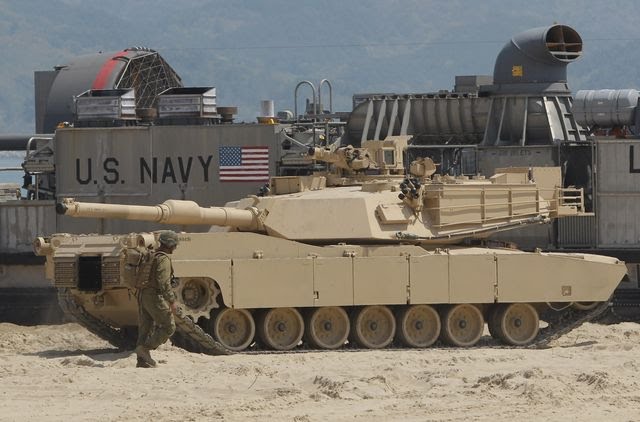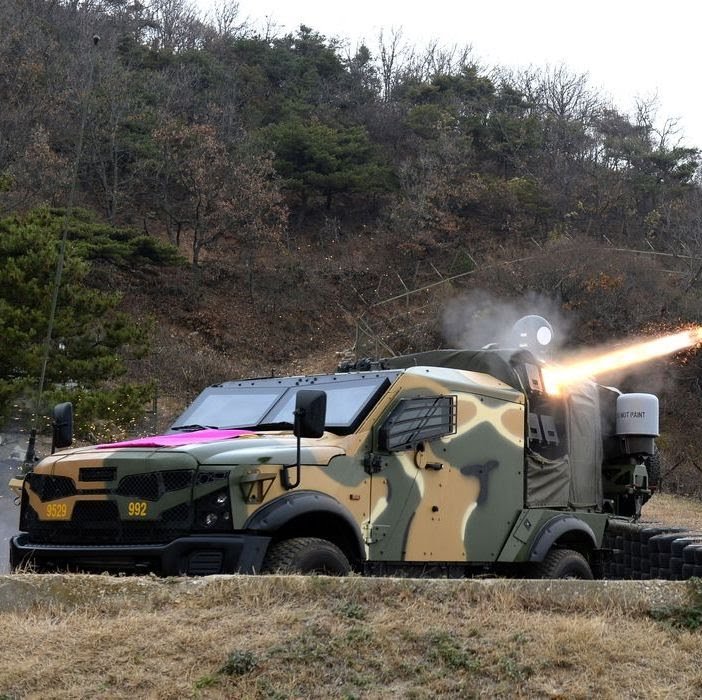- US Marines to kill tanks at long distances using the new anti-tank weapon system
- Tanks are too heavy to transport on remote islands
- Capabilities of the new weapon system
US Marines are testing new anti-tank weapon systems that will replace the heavy Main Battle Tanks (MBT). The Marines stopped using all of their tank forces last year. They are looking for new weapon systems that will destroy tanks from long-ranges, that is much lighter and easier to transport to remote battlefields.
The basic aim of the anti-tank, lighter weapon systems is to make smaller groups of marines more dangerous, forcing an adversary to treat even a handful as a major threat.
Are the Marines get rid of tanks?
The US Marine Corps is eliminating all of its tanks and heavy artillery to become a smaller, lighter force. The Marines are trying to shift towards the ability to seize small islands in the South China Sea during wartime. Marine aviation, law enforcement, and other arms will face steep cuts or elimination. Popular Mechanics reported.
Turkey first Armored Unmanned Surface Vessel (AUSV) begin trials
What are the capabilities of the new anti-tank system?
The new system is mounted on a light armored vehicle. The Marines Corps are replacing the M1A1 Abrams Main Battle Tanks with these fast-moving, light-weight vehicles.
It has a range of 15 to 20 times greater than the M1A1 Abrams main battle tank.
M1A1 Abrams:

The M1 Abrams is a third-generation American main battle tank designed by Chrysler Defense (now known as General Dynamics Land Systems). The M1A1 Abrams tank has an almost 68-ton weight. It is equipped with a 120 mm main gun that can hit a tank-sized moving target at 2000 meters.
US military working on adding muscle to robots
The Abrams main battle tank introduces several innovative features to the tank systems, including a multi-fuel turbine engine, sophisticated Chobham composite armor, computer fire control system, and NBC protection for crew safety.
Successful experimentation of the new system:
“The experimentation that we have done now to date successfully using lightweight fires – think the back of a Joint Light Tactical Vehicle – is killing armor at ranges, rough calculation, about 15, 20 times the range that the main battle tank can kill another main battle tank”, Marine official Lt. Gen. Eric Smith (the deputy commandant for combat development & integration for the Marine Corps) said. USNI News reported.
The Marine Corps is upgrading under the Force Design 2030 changes. These upgradation includes the long-range precision fires that can be shot from the ground, from a JLTV, and from aircraft.
The induction of light weapon systems into the Marine Corps helps to do missions in hostile areas or in wartime with enhanced precision and forces will move rapidly from one point to another with more accurate and light weapons, even if the communication with the outside forces goes blank.
Eric Smith said the experimentation about the integration of unmanned systems and robotics are also underway. Under the Force Design 2030 project, they want to use unmanned systems and robots in an offensive mode that could make an adversary rethink their decision to escalate from daily competition into conflict, stopping a fight before it truly begins.
Russia to acquire additional hypersonic, high-precision long-range weapons
Another idea the Marines are looking at is using long-range unmanned surface vessels for food, munitions, and other supplies to remote locations without putting the manned supply ship at risk.
Analysis:
The use of light, more accurate, and long-range weapon systems by Marines make them a more lethal and mission capable force in the future battlespace.
The decision of the Marine Corps to use a light anti-tank weapon system instead of heavy-weight Abrams tanks may not be proven right or wrong for years to come, but it is a good and timely decision by the military minds at the top to step ahead from its adversaries and make them rethink to go into war with such a force.


